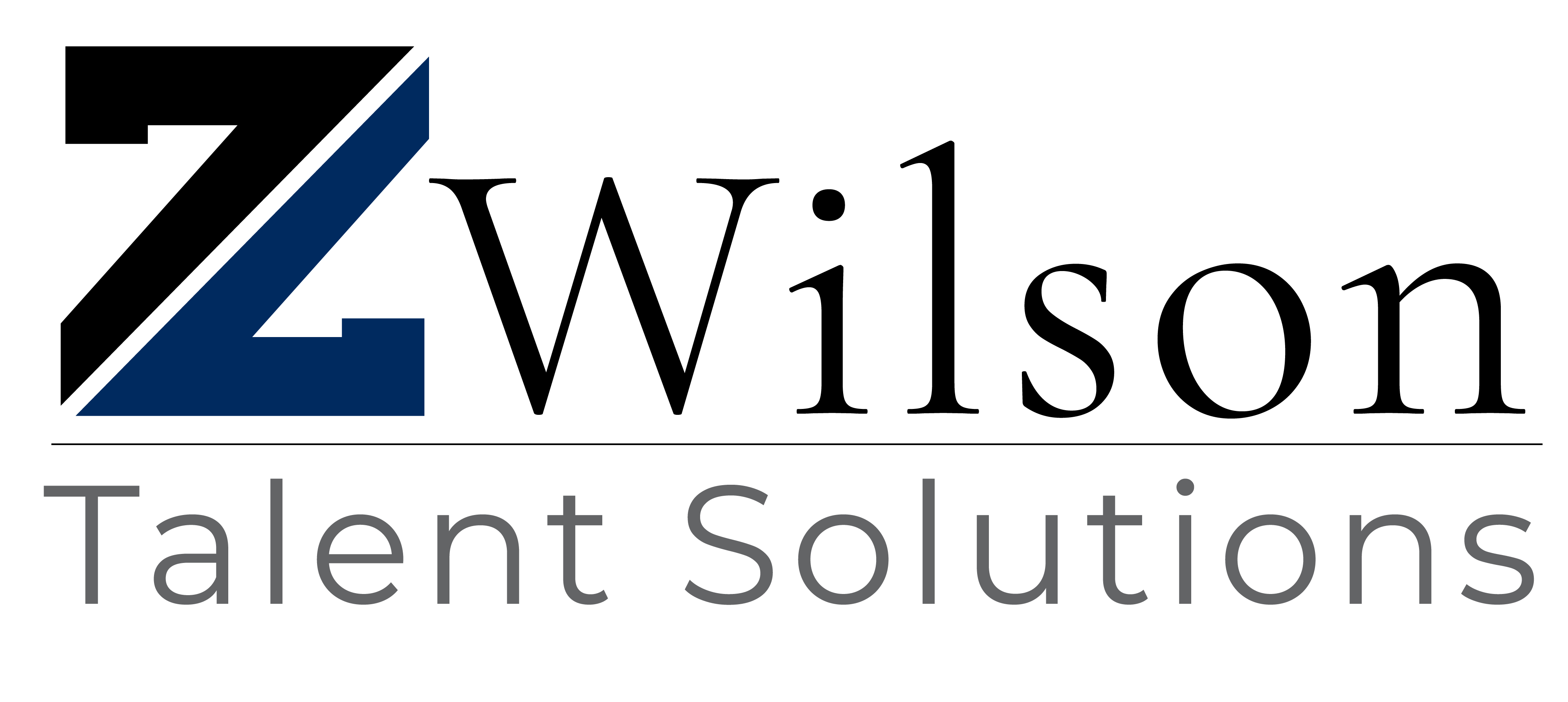
We’ve all seen those new hires who just get it—the ones who navigate those crucial early days with a quiet confidence that sets them up for success. And then there are others… well, let’s just say their path can be a bit more uphill.
That’s why I’m excited to collaborate on this post with someone I’ve known and respected for over a decade: Matt Oglesby. When it comes to leaders who truly know how to set people up for success from day one, Matt is at the top of my list. With more than 20 years in healthcare, he’s led everything from small teams of 20 to organizations with more than 5,000 indirect reports. His leadership style is dynamic, his energy is contagious, and his ability to motivate teams to deliver top-tier results is unmatched.
But what really sets Matt apart is how grounded he is—he leads with humility, connects easily with others, and never stops learning. That’s why I knew he was the perfect person to co-author this post. Together, we’re excited to unpack the often-overlooked keys to a powerful start in a new role—lessons that resonate at every level, for every new hire.
——————
Most high-achievers want to “hit the ground running” in a new role. We get it—there’s a desire to prove yourself, make a splash, and show you were the right hire. But here’s the thing: running too fast, too soon can make you look more like a bull in a china shop than a rising star.
Between the two of us—Kent, a longtime talent recruiter, and Matt, a leader who manages more than 5,000 indirect reports—we’ve seen our fair share of new hire hits… and misses.
The ones who thrive? They do a few key things differently. Whether you’re fresh out of college navigating your first professional role or stepping into a C-suite at a brand-new company, there are certain unwritten rules that separate the thriving from the surviving in those crucial first 30 days.
Your One Objective in Your First 30 Days at a New Job
The best way to “hit the ground” is with your eyes and ears open—not your mouth. Your first 30 days should be about gathering information and understanding how things work—not proving how much you already know.
Humility is essential. Your job isn’t to impress—it’s to observe, learn, and listen. Avoid jumping in with critiques or comparisons like, “Well, at my last company…” That usually signals a lack of understanding, not initiative. Your goal is to absorb the culture, the context, and the unspoken norms—not to start fixing things immediately.
Beyond the Job Description: Unwritten Rules for Starting Strong
At the same time, those first few weeks are your free pass to observe, inquire, and learn without the pressure of immediate performance. How do you use it wisely?
Here are some crucial, often unspoken, principles that can make all the difference in your early success:
1. Inquisitive Minds Thrive: Don’t Be Afraid to Ask
The best new hires don’t come in with all the answers—they come in with great questions. They arrive with a genuine thirst for understanding, eager to know how things work and how they can contribute meaningfully.
As a leader, I (Matt) am always energized by new employees who ask questions about our organization. They want to understand the business, the team, and the customers. That energy? It’s contagious—and it builds credibility.
2. You Don’t Have to Know It All: Be Humble. Stay Hungry
You don’t need to have all the answers on day one (or even day 30!). What truly shines is your mindset. A humble, energetic, and collaborative approach will take you further than raw expertise in the early stages.
The most important factor in early success isn’t what you know—it’s your attitude and willingness to learn. If you embrace feedback, stay curious, and show up with a growth mindset, you’ll go further than those who burn bright but fade fast.
3. Relationships Matter Just as Much as Information: Build Bridges Early On
Don’t just focus on understanding the what of the organization; invest in understanding the who. Building relationships early, remembering names and personal details, and creating a network within the first 30 days is crucial.
That’s because relationships become your support system. When you hit roadblocks (and you will), those early connections make it easier to find help, build influence, and get buy-in. These early connections will be your anchors as you navigate the new environment.
4. Don’t Just Learn the Job—Learn the Culture
Every organization has its own unique rhythm, its own set of unspoken rules and norms. Understanding the company culture and adapting your personal style accordingly is paramount.
I (Kent) have seen plenty of talented hires fail not because they weren’t smart, but because they didn’t take the time to understand what the organization values, what it celebrates, or how people interact.
Culture isn’t written in the employee handbook—it’s learned by watching, listening, and asking smart questions. Pay attention to how decisions are made, how people interact in meetings, and what your leaders truly value.
5. Define Success from Day One: Know Your Goal
While you’re in fact-finding mode, it’s equally important to understand the overarching objectives of your role and the team. Seek clarity on what success looks like from the outset.
As a leader, I (Matt) want every single one of my new employees to understand “The Goal” – the clear, concise answer to “how do we win?” It’s something we both expect people to ask—sometimes even before they’re hired. Knowing this helps you align your initial efforts and ensures you’re contributing meaningfully from day one.
6. The Art of Presence: How You Show Up Matters
Presence matters—not just how you look, but how you engage with others. If your workplace leans formal, lean in. If people value small gestures, don’t underestimate the power of a smile or a simple “good morning.” If you’re more introverted, you don’t need to change your personality. Sometimes, it’s as simple as smiling more.
Little things go a long way in building connection. Reading the room and adjusting accordingly is a skill—and one that will serve you throughout your career.
7. The Bounce-Back Factor: Turning Stumbles into Stepping Stones
Here’s a secret: You’re going to mess something up. Everyone does. The difference between someone who grows and someone who stalls out is how they respond.
For instance, I (Matt) recently emailed two employees — both on performance plans — about next steps. One gave a one-sentence response four days later. The other responded within a few hours, acknowledging the challenge, thanking us for the feedback, and outlining a thoughtful plan moving forward. Guess which one I was more eager to work with?
Mistakes don’t define you. But your openness to feedback—and your willingness to improve—absolutely does.
Beyond “Where’s the Coffee?” Smart Questions for Your First 30 Days
Want to show you’re engaged, self-aware, and focused on impact? Here are some smart, humble, high-value questions to keep in your back pocket:
1. Historical Context: Learn Where You’ve Landed
Understanding how your team or department got to where it is today gives you valuable insight into the “why” behind current processes, decisions, and dynamics.
- “Would you mind sharing some history about our department?”
- “What’s worked well in the past—and what hasn’t?”
- “Are there any past initiatives or changes that still shape how we operate today?”
These questions help you learn the backstory, avoid repeating past mistakes, and show respect for the work that’s come before you.
2. Strategy & Vision: Know Where You’re Going
The best new hires get aligned early with their leader’s vision for the future. Understanding the bigger picture helps you prioritize your efforts and contribute in a meaningful way.
- “As my leader, what is your vision for this department over the next few years?”
- “What are the biggest goals or priorities we’re focused on right now?”
- “Are there any major changes coming that I should be aware of?”
These questions help you stay focused on what matters most—and make it easier to spot where you can add value.
3. Leadership Expectations: Understand Your Role in the Big Picture
Once you know the history and the future direction, it’s time to clarify what’s expected of you in the present.
- “What are your expectations of me in this role?”
- “How do you define success for someone in my position?”
- “What’s the most important thing I can do to support the team right now?”
This is where alignment really starts. Knowing what your leader values—and how you can help advance the mission—gives your work direction and purpose.
Your First Steps Matter—Make Them Count
Starting a new job is exciting—and sometimes nerve-racking. There can be a temptation to come in and overachieve.
But we’ve seen time and time again that the ones who thrive don’t just “hit the ground running.” They hit the ground humble.
They listen. They learn. They build trust. They ask great questions. They earn their influence.
And if you can do those things? You’ll be remembered—not for how fast you started, but for how well you did.
Matt Oglesby Bio:
Matthew Oglesby is the Vice President of Support Services for a large healthcare company in Nashville TN. Matt holds a bachelor’s degree in healthcare management from The University of Alabama at Birmingham (UAB) and a master’s degree in health services administration from Strayer University. Matt has worked for multiple healthcare organizations over the past 20 years within the support services and operational sector and is routinely sought out for insight and operational guidance.
By Kent Wilson & Matt Oglesby
